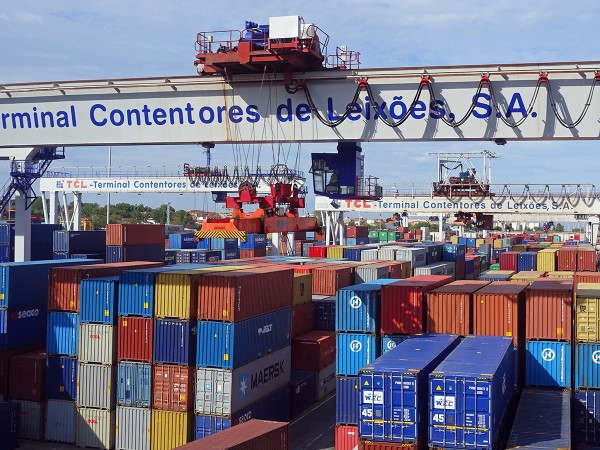 A paper by three University of Sussex academics has just been published by the university’s UK Trade Policy Observatory (UKTPO). It looks at possible trade relations between the UK and the EU post Brexit. It identifies four key government objectives or constraints – what the authors call ‘red lines’ – and five possible types of trade arrangement with the EU.
A paper by three University of Sussex academics has just been published by the university’s UK Trade Policy Observatory (UKTPO). It looks at possible trade relations between the UK and the EU post Brexit. It identifies four key government objectives or constraints – what the authors call ‘red lines’ – and five possible types of trade arrangement with the EU.
The four red lines the authors identify are:
| • | Limitations on the movement of people/labour; |
| • | An independent trade policy; |
| • | No compulsory budgetary contribution to the EU; |
| • | Legal oversight by UK courts only and not by the European Court of Justice. |
Just how tight each of these four constraints should be is a matter for debate and political decision. For example, how extensive the limitations on the movement of labour should be and whether or not there should be any ‘voluntary’ budgetary contributions to the EU are issues where there is scope for negotiation.
Alongside these constraints is the objective of continuing to have as much access to and influence over the Single Market as possible.
The five possible types of trade arrangement with the EU identified in the paper are as follows:
| 1. | Full Customs Union (CU) with the EU-27 |
| 2. | Partial Customs Union with EU (based on EU-Turkey CU) |
| 3. | Free Trade Area (FTA) with access to the Single Market (European Economic Area) |
| 4. | Free Trade Area without automatic access to Single Market |
| 5. | Reversion to World Trade Organisation (WTO) Most Favoured Nation (MFN) terms |
To clarify the terminology: a free trade area (FTA) is simply an agreement whereby member countries have no tariff barriers between themselves but individually can choose the tariffs they impose on imports from non-member countries; a customs union is a free trade area where all members impose common tariffs on imports from non-member countries and individual members are thus prevented from negotiating separate trade deals with non-member countries;  membership of the European Economic Area requires accepting freedom of movement of labour and compulsory contributions to the EU budget; WTO Most Favoured Nation rules would involve the UK trading with the EU but with tariffs equal to the most favourable ones granted to other countries outside the EU and EEA.
membership of the European Economic Area requires accepting freedom of movement of labour and compulsory contributions to the EU budget; WTO Most Favoured Nation rules would involve the UK trading with the EU but with tariffs equal to the most favourable ones granted to other countries outside the EU and EEA.
The red lines would rule out the UK being part of the customs union or the EEA. Although WTO membership would not breach any of the red lines, the imposition of tariffs against UK exports would be damaging. So the option that seems most appealing to many ‘Brexiteers’ is to have a free trade area agreement with the EU and negotiate separate trade deals with other countries.
But even if a tariff-free arrangement were negotiated with the EU, there would still be constraints imposed on UK companies exporting to the EU: goods exported to the EU would have to meet various standards. But this would constrain the UK’s ability to negotiate trade deals with other countries, which might demand separate standards.
The paper and The Economist article explore these constraints and policy alternatives and come to the conclusion that there is no easy solution. The option that looks the best “from the UK government’s point of view and given its red lines, would be an FTA with a variety of special sectoral arrangements”.
Article
Brexit means…a lot of complex trade decisions The Economist, Buttonwood’s notebook (15/11/16)
Paper
UK–EU Trade Relations post Brexit: Too Many Red Lines? UK Trade Policy observatory (UKTPO), Briefing Paper No. 5, Michael Gasiorek, Peter Holmes and Jim Rollo (November 2016)
Questions
- Explain the difference between a free trade area, a customs union and a single market.
- Go through each of the four red lines identified in the paper and consider what flexibility there might be in meeting them.
- What problems would there be in operating a free trade agreement with the EU while separately pursuing trade deals with other countries?
- What is meant by ‘mutual recognition’ and what is its significance in setting common standards in the Single Market?
- What problems are likely to arise in protecting the interests of the UK’s service-sector exports in a post-Brexit environment?
- What does the EU mean by ‘cherry picking’ in terms of trade arrangements? How might the EU’s attitudes in this regard constrain UK policy?
- Does the paper’s analysis suggest that a ‘hard Brexit’ is inevitable?